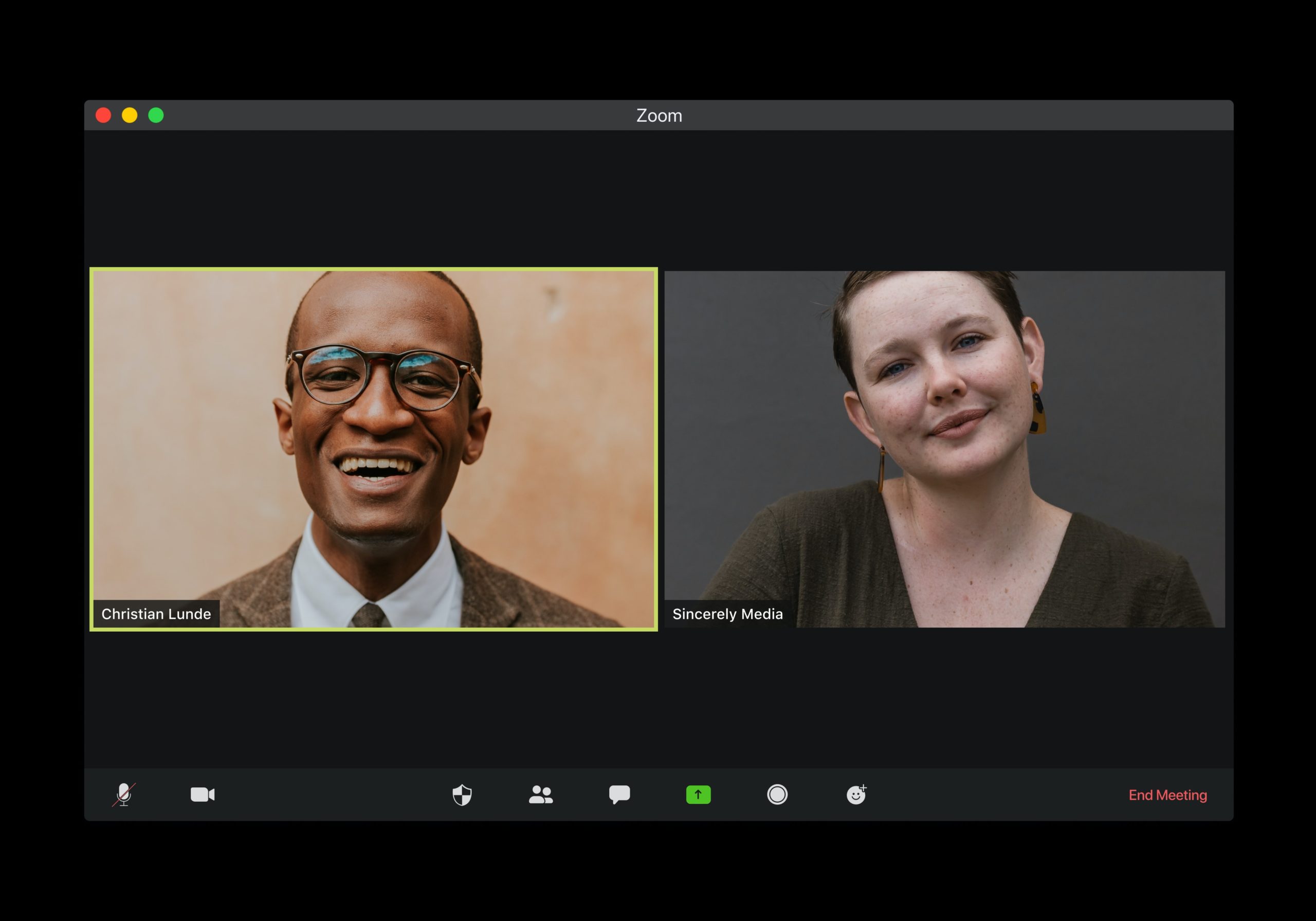 Some startups and companies are still recruiting, despite the Covid19 crisis and uncertain times.
Some startups and companies are still recruiting, despite the Covid19 crisis and uncertain times.
One of the CEOs I coach called to tell me some good news: they had finally hired their new CTO. Now they had a unique challenge: how should they onboard her when there is no office to go to?
I’ve coached many executives over “regular’ onboarding but bringing on someone new right now is more complicated; many people joining a new company are entering into a remote work environment.
You can still onboard your new executive effectively if you think through your process and orchestrate it with care. Here are some tactics to help your remote onboarding process go smoothly:
Pre-boarding: You already know that you should be in touch with your new executive before their official start date. Since everyone is working remotely, having early conversations to showcase that you are thinking about the onboarding plan is even more critical to make them feel excited and engaged before the official start date.
When you do your initial calls, make sure you are thorough in reviewing their key relationships, their hot topics, and your expectations for them in the first 30-90 days. New executives want to build influence and make an impact quickly and that’s true especially now during this time of uncertainty. In this case, they won’t have the luxury of getting up to speed and picking up context over coffee or lunch with their new peers and team. They need to digest information now, so plan your pre-boarding calls with them to do as much methodical knowledge transfer as you can.
A benefit during this time is that since everyone has been working remotely for a while, many large group meetings have been held on video and on conference calls. Some of these sessions have been recorded (if you haven’t recorded them, start doing so now) which provides a rare opportunity to allow your new executive to review past meetings. Just skimming through these sessions will help them get up to speed about key topics as well as gain a sense of culture and language.
Remember that since your new hire is not going into an office, there are some logistical questions about getting a computer and accessing systems and tools. Make sure someone walks through equipment needs and remote tools with your executive. It showcases that your company knows how to plan and operate.
Thoughtfully orchestrate the first week: You might already have a structure for onboarding a new employee into your office. Without realizing it, this system probably relies in part on being able to see the new person, organically running into and introducing them to key people, and having the option to take them to lunch.
Since you don’t have that same visibility now, you simply have to be more thoughtful about scheduling the right meetings and finding ways to start integrating your new hire formally and informally.
This is a good time to document your core processes. Often your ways of working and communicating inside of your company are informal and transmitted to everyone by osmosis. That’s a lot harder right now when everyone is remote. Having more formal process documentation will be helpful now and in the future.
Your new executive may be tempted to pack in back to back meetings for their first few days and weeks. After all, everyone is working remotely and there is no way to wander the halls to just introduce themselves to people. However, that is exhausting. Make sure they have some downtime throughout the day and time to reflect. Also make sure you consciously give them positive feedback – it’s hard for them to assess how the early days are going when they are operating home alone and get walk the halls to connect with people.
Embed social time: When someone is starting in an office it’s a nice gesture to take them out to lunch. Since everyone is remote you have to get creative in how you embody the human touch. Consider sending them a voucher for a meal to get delivered and have lunch with them remotely. You could also send them a goody basket so they have “coffee and dessert” with some colleagues in their first days with the company.
You can also use the onboarding occasion to help the entire team connect more deeply. One of the CEOs I coach asked each of her team members to select a few pictures of themselves and meaningful things in their lives to share with the new person as a way to get to know each other. They left time at one of their meetings to walk through their pictures. That was a good bonding experience for the entire team, not just the new executive, and they realized that was a good practice to suggest all of their teams do.
Informal time: I was recently speaking with a senior executive at one of my clients, a large public company. He joined the company about three months before everyone started working remotely. He told me that he realized he had a lot to learn and was still “new.” When he was in the office he could drop by his peers’ offices to ask a quick question. Now he felt like he had to schedule formal meetings to reach out; he hadn’t figured out a way to mimic that informal pop in.
Find structured time for informal check-ins. You might want to set up a 20 minute coffee with your new executive twice per week just to discuss what has come up. You can also team up your new executive with an onboarding buddy so they have someone to go to with quick questions.
Even after the world starts to normalize you will likely be onboarding more people remotely. If you develop a strong process now it will help future hires onboard more smoothly, and allow them to connect with and contribute to your company that much faster.

